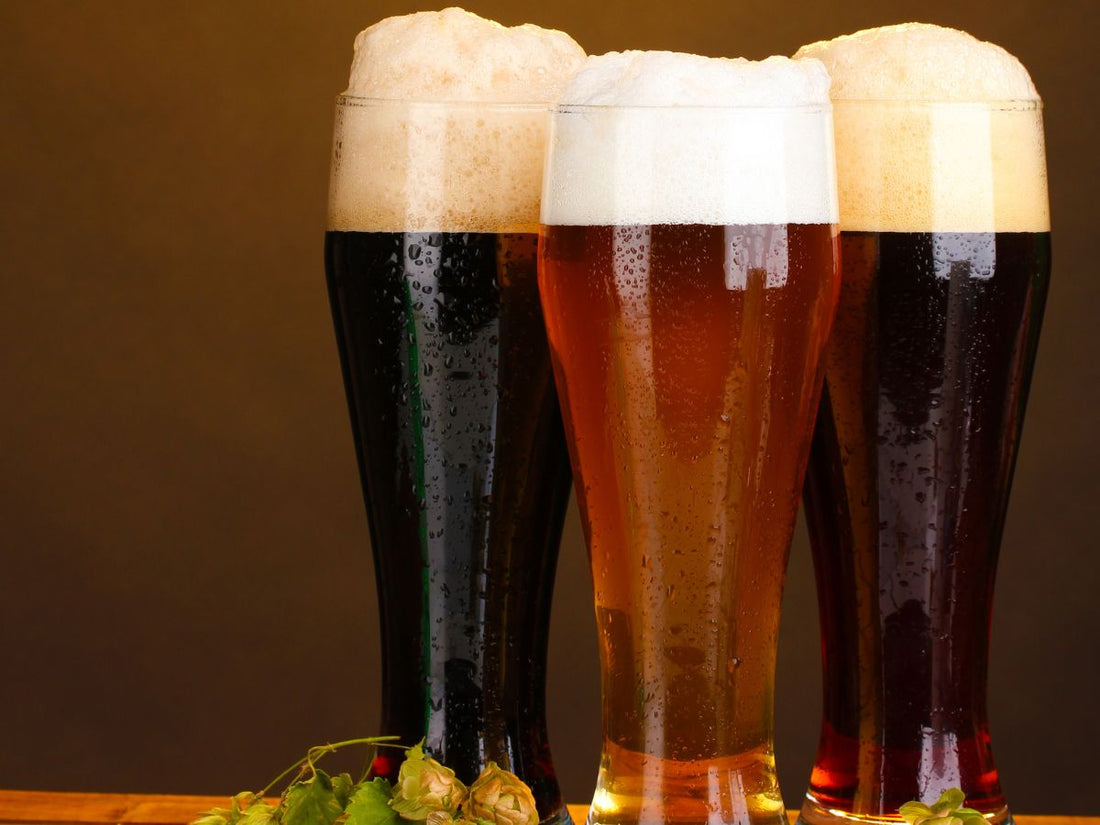Visit a Distillery in Galveston: Crafting the Finest Spirits
Visit a Distillery in Galveston: Crafting the Finest Spirits
Blog Article
Opening the Mysteries of Distillery Processes: A Comprehensive Introduction
Within the realm of distillery processes lie complexities that usually remain veiled to the laid-back onlooker. As we venture right into the midsts of spirit aging techniques and the precision of top quality control measures, a tapestry of scents and tastes arises, shaped by classic practices and ingenious techniques.
The Art of Mashing and Fermentation
In the distillery process, the art of mashing and fermentation plays a critical duty in transforming raw products right into the first phases of alcohol manufacturing. Mashing entails the process of breaking down the starches in grains like rye, barley, or corn, right into fermentable sugars. This essential step is typically accomplished by blending the milled grains with warm water to create a "mash." Enzymes existing in the grains aid transform the starches into sugars, creating a wonderful liquid recognized as wort.
As soon as the wort is produced, fermentation comes right into play. Yeast, a principal in this phase, is included in the wort to start the fermentation process. Yeast takes in the sugars in the wort, generating alcohol and co2 as results. This transformative procedure commonly takes a number of days to finish, depending upon the preferred alcohol web content and flavor profile.
Mashing and fermentation are complex processes that establish the structure for the alcohol that will become distilled and aged to produce a last item with unique features and tastes.
Recognizing the Distillation Refine
One of the critical phases in the production of alcohol entails comprehending the distillation process. Purification is a method made use of to separate alcohol from the fermented liquid, usually via heating and cooling processes.

Understanding the purification procedure is critical for distillers to regulate the quality, stamina, and taste of the alcohol being generated. By grasping the art of purification, distilleries can develop a vast array of spirits with distinct qualities that appeal to various customer choices.
Keys of Spirit Aging Techniques
Discovering the details of spirit aging methods reveals the hidden creativity behind the advancement of nuanced tastes and fragrances in distilled beverages. The aging process is a crucial stage in the manufacturing of spirits, where the fluid engages with the oak barrels, taking in compounds that enrich its profile over time. Distilleries commonly use charred oak barrels, which present distinct tastes to the spirit through a process of removal and oxidation.
Furthermore, the environmental conditions in which the barrels are saved play a considerable duty fit the final item. Changes in temperature and humidity can affect the price of aging and the communications in between the spirit and timber. Master distillers skillfully navigate these variables to craft spirits with distinctive individualities, personifying the conclusion of innovative methods and time-honored traditions.
Quality Control and Screening Techniques
The thorough workmanship showed in regulating and choosing barrels aging durations in the spirits manufacturing process underscores the essential relevance of stringent quality assurance actions and exact screening methods (Galveston Whiskey). Quality control in distilleries involves multiple stages to make certain that each set fulfills the desired my response requirements. From resources inspection to last item analysis, each action is critical in maintaining uniformity and excellence
One crucial facet of high quality control is sensory examination, where trained specialists examine the aroma, flavor, and total quality of the spirits. Chemical evaluation methods such as gas chromatography and mass spectrometry are utilized to discover any type of impurities or discrepancies from the wanted structure. Furthermore, physical tests like density dimensions and pH evaluation supply additional insights right into the product's attributes.
To assure adherence to regulatory demands and internal standards, distilleries additionally carry out microbiological screening to look for any type of microbial contamination that could impact the item's safety and service life. By carrying out durable top quality control and screening methods, distilleries can support their online reputation for generating costs spirits constantly.
Checking Out One-of-a-kind Flavor Mixtures

In the procedure of flavor infusion, the selected botanicals are contributed to the base spirit and entrusted to emaciate or steep for a specific duration. This permits the alcohol to remove the flavors and important oils from the botanicals, causing an unified blend of tastes (Galveston Liquor). Distilleries might also employ methods like vapor mixture or basket infusion throughout purification to give certain tastes to the spirit
In addition, some distilleries choose barrel aging or cask finishing strategies to present additional complexity and depth to their spirits through communications with the wood. These approaches add to the creation of unique taste accounts that attract a discerning target market looking for book and memorable alcohol consumption try here experiences.
Final Thought
Comprehending the science behind these procedures is important for generating top notch spirits. By unlocking the enigmas of distillation, distillers can produce distinct and delicious spirits that appeal to a large variety of consumers.
As we venture right into the midsts of spirit aging methods and the accuracy of quality control actions, a tapestry of flavors and fragrances emerges, formed by innovative practices and classic traditions. Distilleries often make use of charred oak barrels, which give one-of-a-kind tastes to the spirit through a procedure of extraction and oxidation.Utilizing a varied range of ingredients and botanicals, distilleries can craft distinct taste mixtures that set their spirits apart in an affordable market. Distillery in Galveston.In the procedure of taste infusion, the selected botanicals are included to the base spirit and left to macerate or steep for a specified period. Distilleries may also utilize strategies like vapor mixture or basket infusion during purification to present certain tastes to the spirit
Report this page